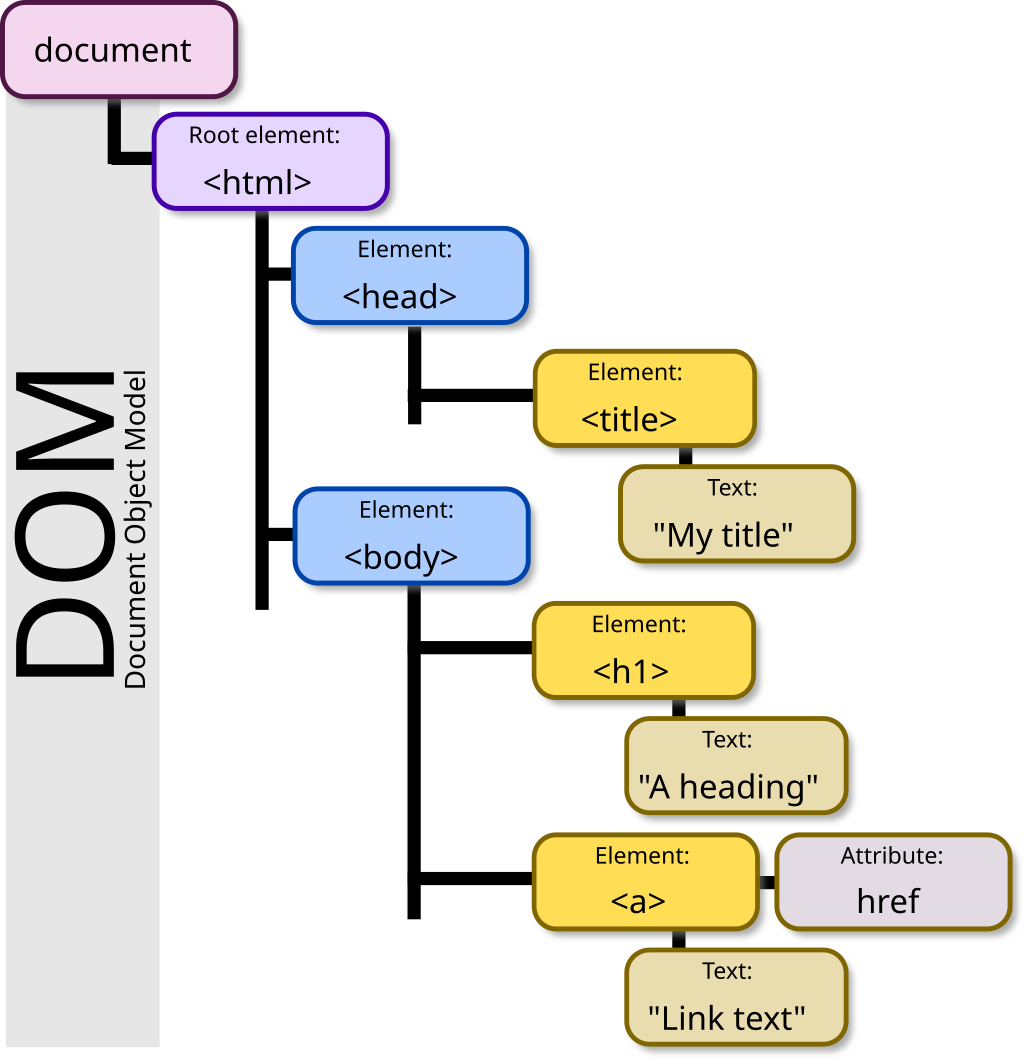 |
| By Birger Eriksson CC BY-SA 3.0 |
In SANER Measures, the measure has a name, a period, a subject, a reporter, and groups of populations. Each group has a code, and so does each population. I won't get into strata, but the same princples would apply to these.
If you've got a measure with the Name X, Groups Y1, Y2, and Y3, and populations within those groups of X1a, X1b, X1c, ... X3a... X3c.
Then a MeasureReport that is defined by that measure has Type X (with supertype MeasureReport). MeasureReport has some common features, such as as subject, reporter, period. So, you might reference X.subject, X.reporter, et cetera. But group is kind of an intrisic collection associated with a Measure, so you might reference data in groups as X.Y1, X.Y2, X.Y3. To get to the score, reference X.Y1.score (rather than the more laborious measureScore).
Within a group, X.Y1.X1a would reference the population "named" X1a, where X1a is simply the code value.
For the CDC Measures we had been working from, that would give us something like
CDCPatientImpactAndHospitalCapacity as the type, and for an instance X of that type X.Beds would refer to the Beds group, and X.Beds.numTotBeds as the first population of that group.
It's a pretty simple translation between these from and to the components of the Measure.
This is a pretty helpful observation, in that it relates definitional resources in FHIR to user defined types (or structures or classes) in programming environments, and variables of those types to instances of the resource defined by the definitional resource.

Nice Blog Thanks for sharing this post with a lot of useful information. I would like to get updates from you. Keep blogging..
ReplyDeleteCPR Classes Riverside County
CPR Certification Riverside County